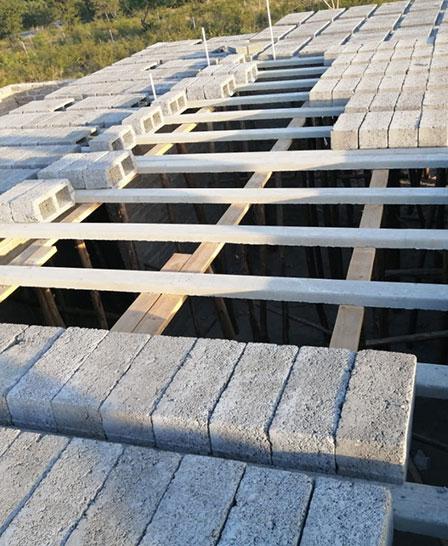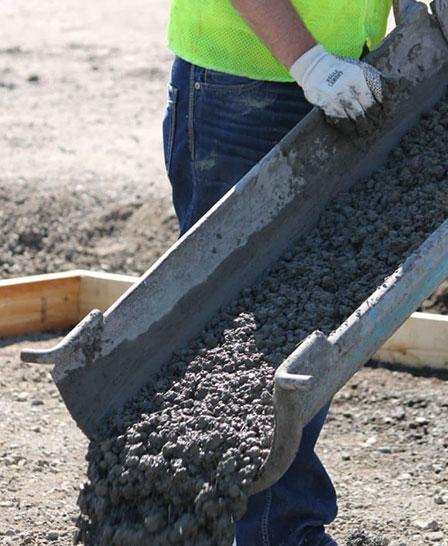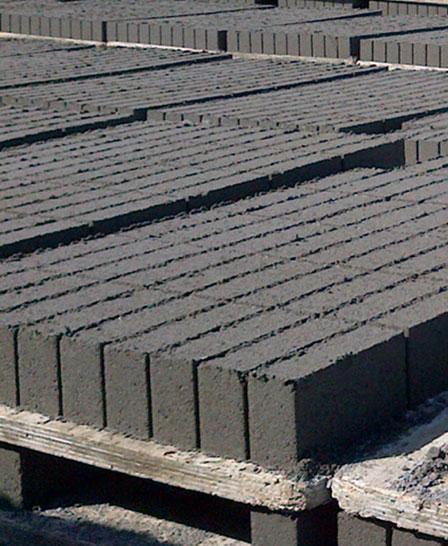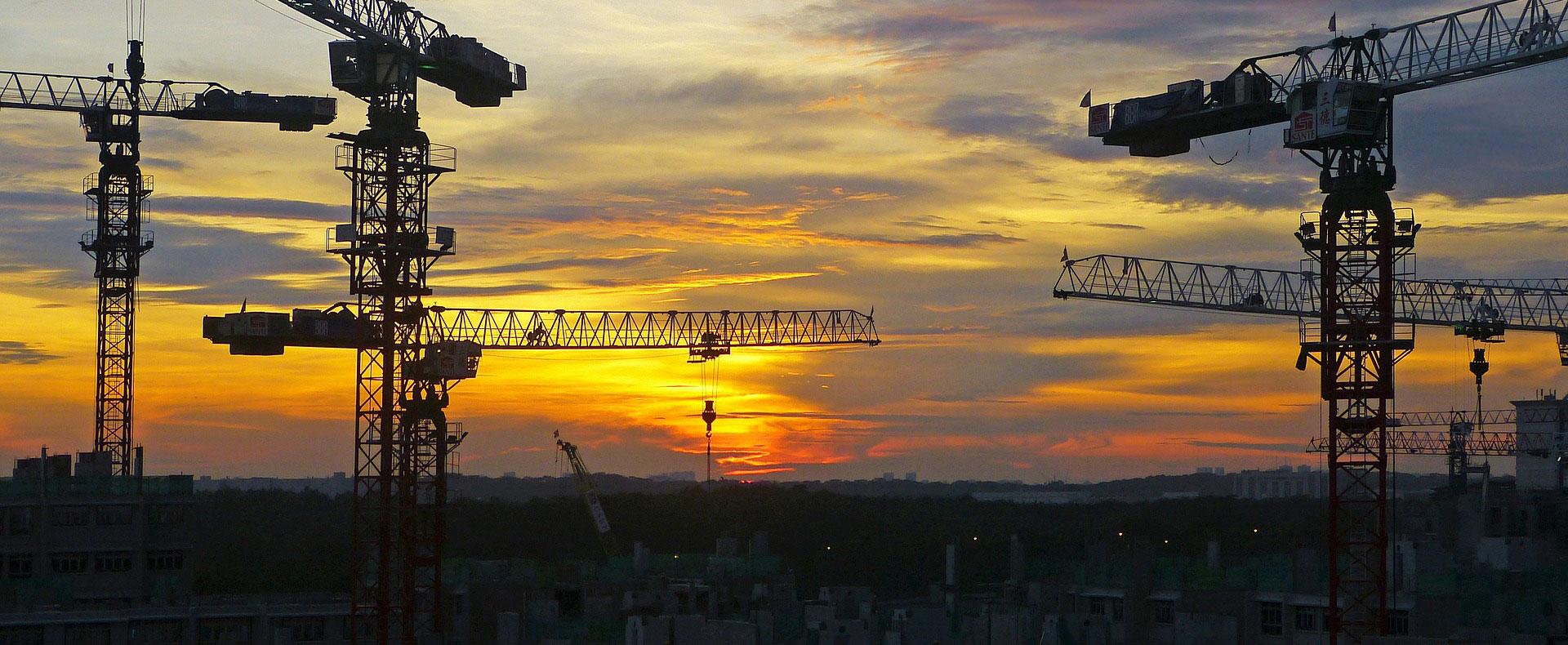Mobile
Ready-Mix
Mobile Ready Mix refers to concrete that is being mixed on the job site. Each batch of ready-mixed concrete is tailor-made according to the specifics of the contractor.
As early as 1909, concrete was delivered by a horse-drawn mixer that used paddles turned by the cart’s wheels to mix concrete on route to the jobsite. In 1916, Stephen Stepanian of Columbus, Ohio, developed a self-discharging motorized transit mixer that was the predecessor of the modern ready-mixed concrete truck. Development of improved ready-mixed trucks was hindered by the poor quality of motor trucks in the 1920s. During the 1940s, the availability of heavier trucks and better engines allowed mixing drum capacities to increase, which in turn allowed ready-mixed concrete producers to meet the high demand for concrete caused by World War II.
Ready-mixed concrete is particularly advantageous when small quantities of concrete or intermittent placing of concrete are required. Ready-mixed concrete is also ideal for large jobs where space is limited and there is little room for a mixing plant and aggregate stockpiles.
There are three principal categories of ready mixed concrete:
- Transit-mixed (also known as truck-mixed) concrete, materials are batched at a central plant and are completely mixed in the truck in transit. Frequently, the concrete is partially mixed in transit and mixing is completed at the jobsite. Transit-mixing keeps the water separate from the cement and aggregates and allows the concrete to be mixed immediately before placement at the construction site. This method avoids the problems of premature hardening and slump loss that result from potential delays in transportation or placement of central-mixed concrete. Additionally, transit-mixing allows concrete to be hauled to construction sites further away from the plant. A disadvantage to transit-mixed concrete, however, is that the truck capacity is smaller than that of the same truck containing central-mixed concrete.
- Shrink-mixed concrete is used to increase the truck’s load capacity and retain the advantages of transit-mixed concrete. In shrink-mixed concrete, concrete is partially mixed at the plant to reduce or shrink the volume of the mixture and mixing is completed in transit or at the jobsite.








